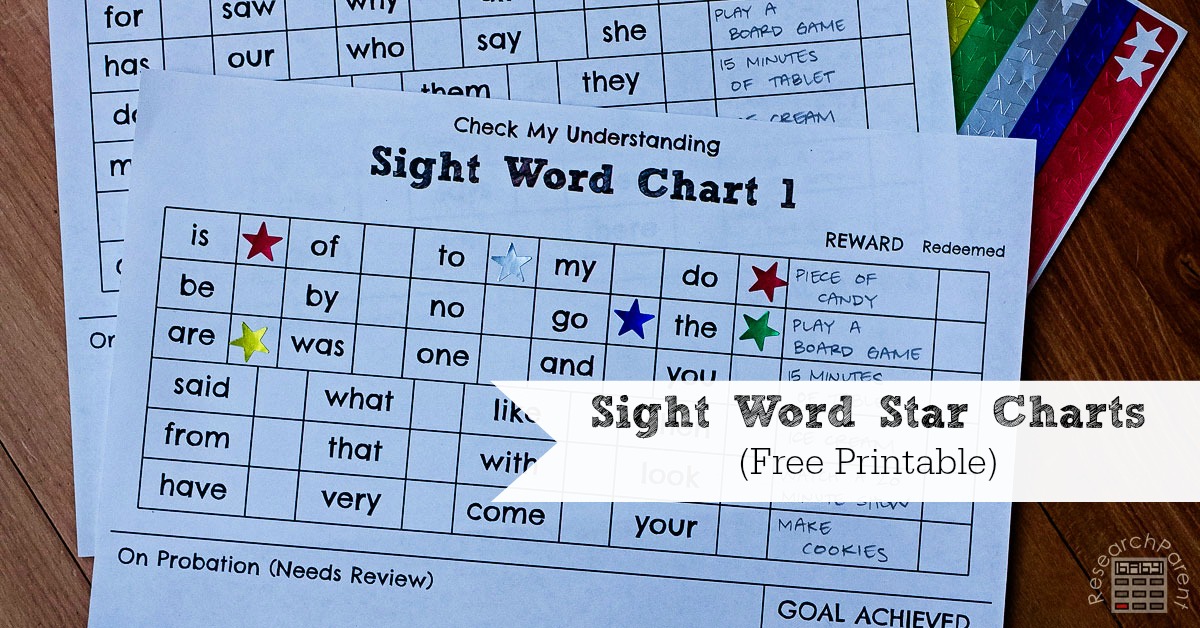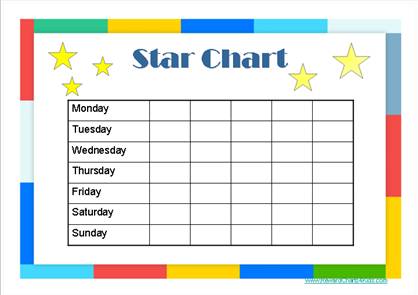

Still, I couldn’t deny the appeal of the sticker chart approach. I wanted her to sleep through the night because it feels GOOD to get the right amount of rest for your body.

I didn’t want my child to sleep through the night because I’d give her a stupid little sticker in the morning. This is one of the most robust findings in social science – and also one of the most ignored. As one leading behavioral science textbook puts it, “People use rewards expecting to gain the benefit of increasing another person’s motivation and behavior, but in so doing, they often incur the unintentional and hidden cost of undermining that person’s intrinsic motivation toward the activity.” Take an industrial designer who loves his work and try to get him to do better by making his pay contingent on a hit product – and he’ll almost certainly work like a maniac in the short term, but become less interested in his job in the long term. Try to encourage a kid to learn math by paying her for each work-book page she completes – and she’ll almost certainly become more diligent in the short term and lose interest in math in the long term. “When institutions – families, schools, businesses, and athletic teams, for example – focus on the short-term and opt for controlling people’s behavior,” they do considerable long-term damage. “Careful consideration of reward effects reported in 128 experiments lead to the conclusion that tangible rewards tend to have a substantially negative effect on intrinsic motivation,” they determined. proved so controversial – after all, they called into question a standard practice of most companies and schools – that in 1999 Deci and two colleagues reanalyzed nearly three decades of studies on the subject to confirm the findings. When you buy through our links, we may earn an affiliate commission. (Although I wish I could copy the whole chapter in here for you!) Here’s a quote from Drive: The Surprising Truth About What Motivates Us †. If you aren’t careful, you can get in a situation where once the rewards disappear, the desired behavior does too. I knew from books I’d read for my corporate job that extrinsic rewards are tricky. On the “positive parenting” end of the spectrum, I heard one solution over and over and over again: Sticker charts. One mom said she locked her kids in their rooms at night.Īfter reading that, I nearly hyperventilated with what if’s: What about needing to go to the bathroom? What if they got sick and threw up and no one was there to help? What if there were an emergency like a fire and I couldn’t get to her to unlock her door? I read books, scoured articles, pored over online forums. He wanted to create a website with untimed, multisensory interactive games that allow children to see, hear, and touch as they learn.The world has no shortage of ideas for getting your kids to sleep through the night.

As a child, Stephen had difficulty learning to read due to dyslexia. The program, provided by the Starfall Education Foundation, a nonprofit organization, was conceived by Dr. Membership also supports the production of new books, songs, educational games, and movies.
Kids star chart free#
Our low-cost membership program expands the free content to include animated songs, mathematics, and reading activities spanning K-3. It is widely used in schools that serve children with special needs and learning difficulties. Starfall is an educational alternative to other entertainment choices for children and is especially effective for special education, homeschooling, and English language development (ELD, ELL, ESL). The program emphasizes exploration, play, and positive reinforcement-encouraging children to become confident and intrinsically motivated. Starfall activities are research-based and align with Individual and Common Core State Standards in English language arts and mathematics. Starfall’s emphasis on phonemic awareness, systematic sequential phonics, and common sight words in conjunction with audiovisual interactivity has proven effective in teaching emergent readers. Since then it has expanded to include language arts and mathematics for preschool, kindergarten, first grade, second grade, and third grade.

® opened in September 2002 as a free public service to teach children to read. By using this site, you agree to our use of cookies and updated Privacy Policy OK At Starfall, children have fun while they learn. Starfall has no advertising, does not collect personal information from children, does not sell any information, and uses cookies only for internal website management.


 0 kommentar(er)
0 kommentar(er)
